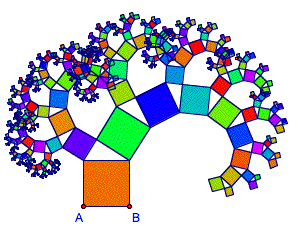Much time is spent talking about agile development and how important it is. Arguments are made for light documentation but I've found that this really isn't all of the story.
Test-driven development is critical. But what about test-driven marketing? Shouldn't most projects be for marketing/sales purposes anyways? Why would we authorize our software developers to be the ones that approve whether or not the software is complete?
This is my argument for what I call the "pre-market" as in the market before the App Store, the Android Market, the production release, etc.
Agile supports this idea by distinguishing between iterations and releases. We need to make many iterations on our software before we are prepared to release it. But what is the framework into which the iterations are released/delivered and what are the tools that we have available to provide feedback on the iterations? I would suggest that these tools are currently quite limited and I will argue that that the pre-market concept is a next "major wave".
Let me suggest a few features of the pre-market to help us get our heads around it:
- Secure Portal The prototype is shared with the customer(s) in a portal
- In-App Feedback The prototype is instrumented so that feedback can be easily given
- Meta Data Centric The features and screens of the prototype become things on which feedback can hang, so the feedback can roll up
- Central Database All feedback goes to the same central database
- Invitation-Based The users of the portal can (optionally) invite other people to use / view the prototype
- Filtering of Feedback Product manager can flag what's important for next iteration(s)
- Serves as Backlog The feedback can be filtered and aggregated into future iterations
- Connected Many other features like sourcing of cash and resources could be added to this system
I'm passionate about this type of system and would love to see it come about. Let's do it!

